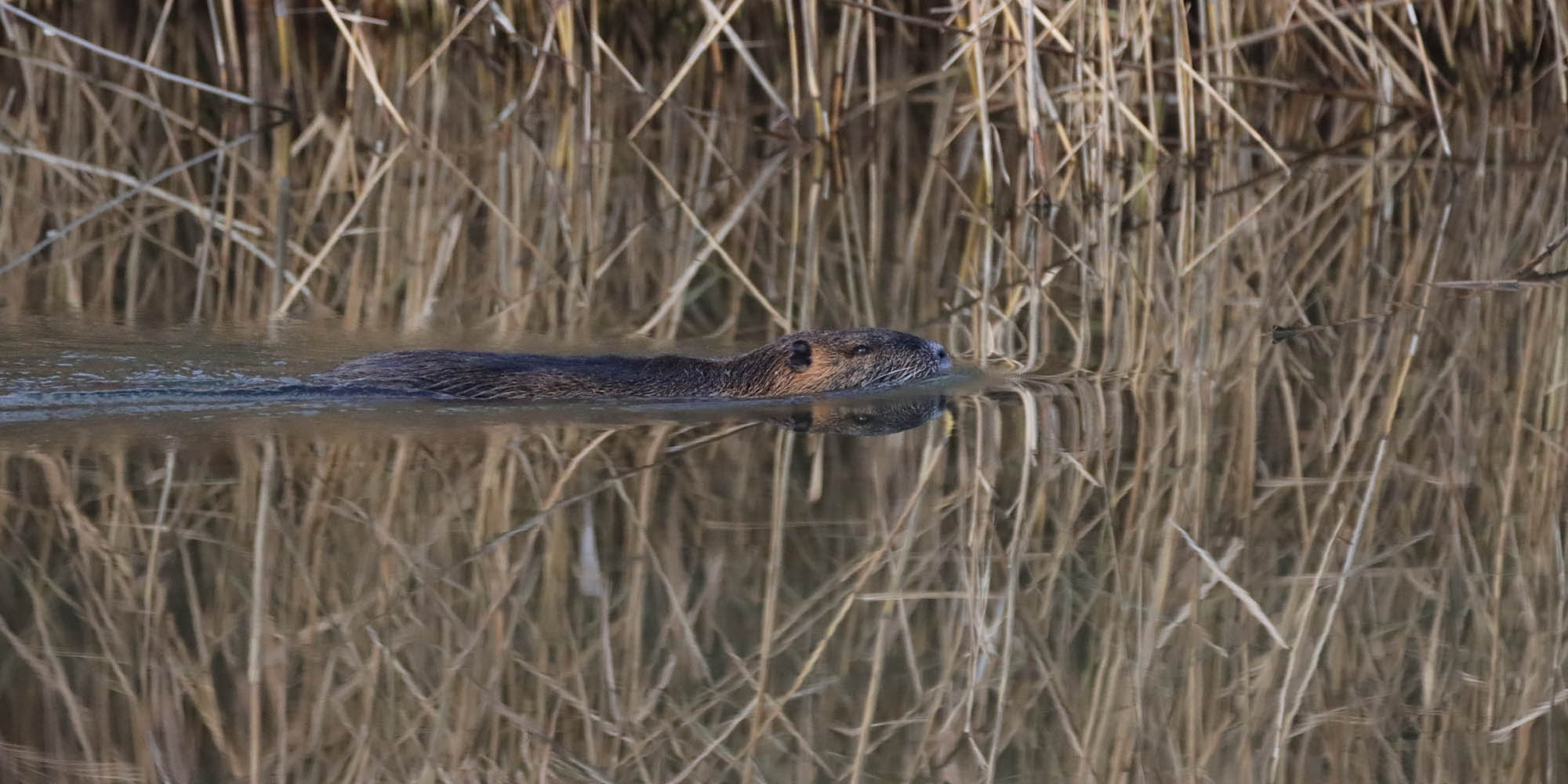
Saturday the 5th of June is World Environment Day – an annual celebration of the natural environment, and a moment to raise awareness of the importance of protecting the world’s ecosystems.
This year, the theme for the day is ‘Generation Restoration’, to coincide with the launch of the UN Decade on Ecosystem Restoration, which aims to bring everyone together to prevent, halt and reverse the degradation of ecosystems on every continent and in every ocean. This focus on actionable steps that involve everyone can help to build momentum around an optimistic vision for the future, says Deputy Director and Head of Participation and Engagement at the Global Biodiversity Information Facility (GBIF) Secretariat, Tim Hirsch:
“Ecosystem restoration gives us a positive agenda to excite and inspire the world. Preventing further biodiversity loss is essential, but it’s not enough – and the message doesn’t need to be gloomy. Uniting to bring back nature to degraded areas helps so many of our aspirations for a better world – confronting climate change, supporting livelihoods and food security, improving mental and physical health, and renewing our connections with the rest of nature. And as we share the efforts and benefits of ecosystem restoration, let’s make sure we share the data and information that will help us do it right.”
The need for ecosystem restoration is made abundantly clear in the just-released UNEP Report Becoming #GenerationRestoration: Ecosystem restoration for people, nature and climate. It’s estimated that the ecosystem services – or the benefits people obtain from ecosystems – lost each year due to environmental degradation are worth more than 10% of global economic output, and that ecosystem degradation affects the wellbeing of 3.2 billion people – over 40% of the world’s population. Despite repeat warnings, the world is still not on the right track, and in many places the rate of environmental degradation is increasing.
Finding solutions will be a complex and long-term process, but the good news is that nature has an “extraordinary capacity for renewal”, say the authors of Becoming #GenerationRestoration.
What’s more, ecosystem restoration can have positive synergies with economic and climate goals, including the Sustainable Development Goals (SDGs) of Agenda 2030. As explored in the 2017 International Council for Science Guide to SDG interactions, there are strong synergies between achieving SDG14 – to conserve and sustainably use the oceans, seas and marine resources for sustainable development – and SDG13 on climate action.
Read the chapter on SDG 14 – Life below water.
This report examines the interactions between the various goals and targets, determining to what extent they reinforce or conflict with each other. It provides a blueprint to help countries implement and achieve the Sustainable Development Goals (SDGs).
“We need to restore natural ecosystems in order to not close our doors to our future. Biodiversity is not only a source of vital for us ecosystem services but also a source of viable solutions for sustainable development”
Marcin Pawel Jarzebski, PhD, Project Assistant Professor, Tokyo College, The University of Tokyo & Science Office, Future Earth.
To leverage the kind of change required to restore the world’s ecosystems, the UN Decade on Ecosystem Regeneration aims to create a global movement that can inspire everyone, and the World Environment Day website sets out actions – including games and social media challenges – that everyone can take from today.
The research community and education institutions have a key role to play in educating and inspiring the next generation of citizens to scale up restoration efforts, and in further increasing understanding of best practices, monitoring, and the multiple benefits of successful ecosystem restoration.
To find out more about how science, technology and innovation can contribute to halting biodiversity loss and foster transformative change, including tangible examples of effective ecological restoration projects, watch the fifth Science-Policy Forum for Biodiversity and the eighth International Conference on Sustainability Science (ICSS 8), which took place in April 2021:
This World Environment Day, what will you do as part of Generation Restoration?